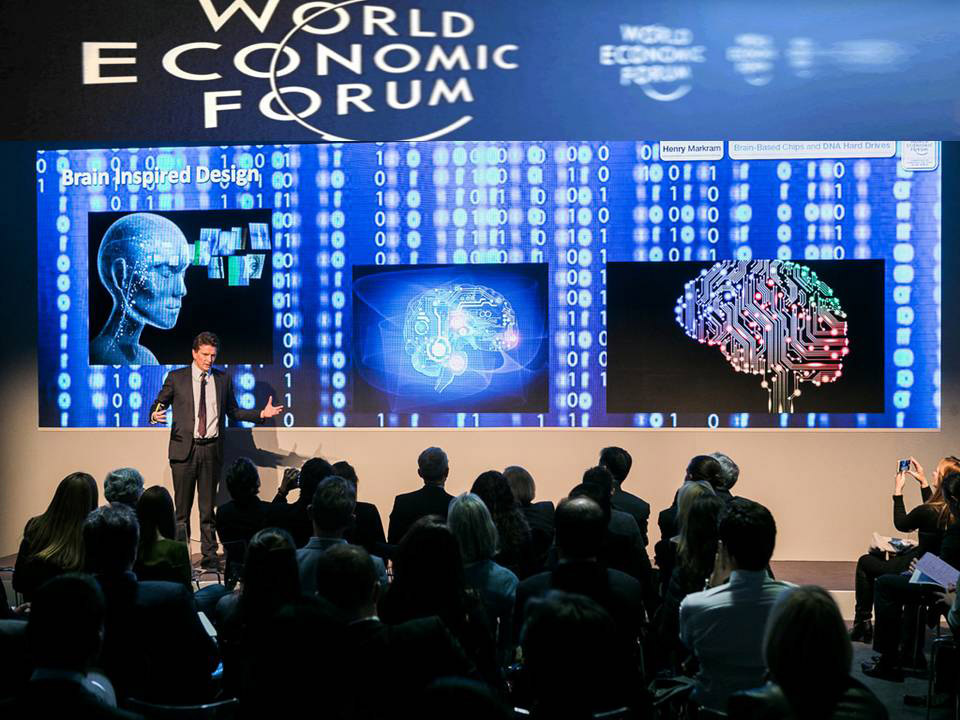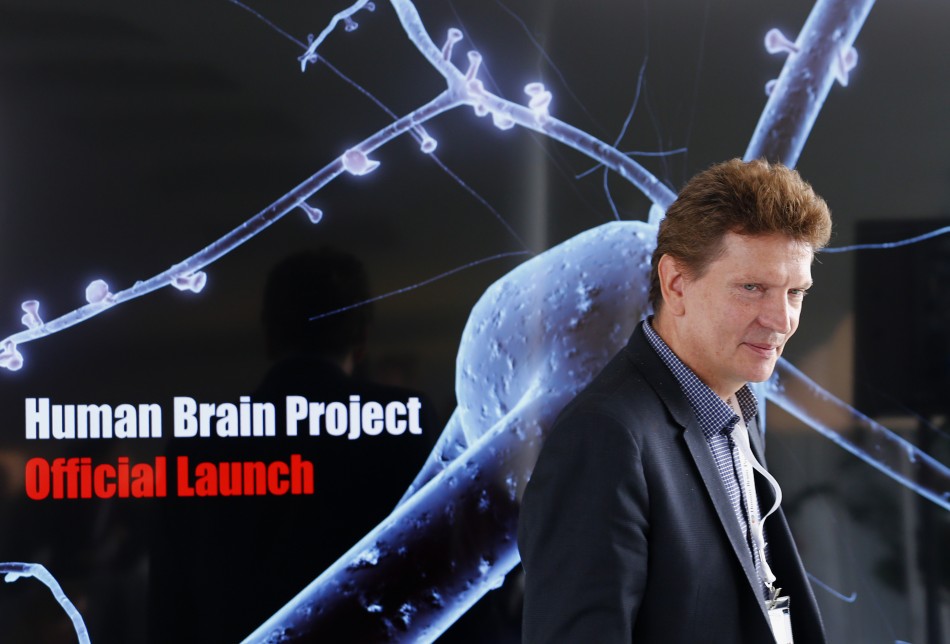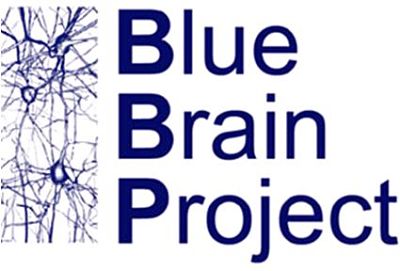Future Breakthrough of Artificial Intelligence lies on the next generation of Brain-based chip design.
“Every ten to twenty minutes today we produce the same amount of data we produced over the past one hundred years. In the next ten years we’ll produce that in five seconds,” says Henry Markram in this video for the World Economic Forum. Henry Markram, who is Professor of Neuroscience at Swiss Federal Institute of Technology (EPFL), describes the new era of brain inspired computer science that’s evolving to meet the big data challenge.
“One of the biggest challenges is the volume of data we’re producing, and the next challenge is the speed at which we process the data. Every ten to twenty minutes today we produce the same amount of data we produced over the past one hundred years. In the next ten years we’ll produce that in five seconds.”
“What is absolutely clear to almost every technologist out there, is that we as humans can no longer read and digest this information. We need serious help. The essential help is in the form of algorithms. There are basically three kinds of algorithms that can go beyond the kind of algorithms that we used to use in the past. We need very sophisticated algorithms, and we need machines to help us build those sophisticated algorithms.”

“They exist today and are being evolved at an incredibly high speed in order for us to make decisions on exabytes of big data as fast as possible. There’s clearly hope that we are going to be able to deal with the speed of making decisions on such massive volumes of data.”
“The one that is very popular today is deep learning. It’s what Google is going into, and Microsoft and Facebook are using. Deep learning is a series of neurons or nodes with successive layers. You can train one of these nodes to recognise all the difference features and conditions of a face, so it become a face detecting node. And if you show it enough images of faces you can train and develop the algorithm.”
“This will be a powerful tool that lives in the cloud, and when you want to recognise something you won’t realise that it ran through this deep learning algorithm to decide what you were looking at. This is going to become more and more important, because the trend is everything is becoming digital. Our self is becoming digital. Our health is becoming digital. Being able to recognise patterns is going to become increasingly important.”
“The second approach is brain inspired design. Brain inspired design is more of a massive set of interconnections. It’s a concept of what the brain could be doing, and we try to mimic that concept. IBM “Watson” for example is a good idea of a kind of cognitive computing. We look at the brain and we see that it’s got sensory areas, and reasoning areas and decision making areas, and reward areas. And we mimic those mathematically and try to get the machinery to make these decisions. So Watson can take all of the millions of pages of Wikipedia, for example, and run it through this conceptual model of the brain and it can make decisions on them. And it’s incredibly powerful and very useful.”
The third direction is the emerging direction and this depends now on much more concrete information about the brain. You can think of it as brain derived design; mimic the brain as accurately as possible, after all it is the product of four billion years of evolution. To get to brain design, you need to understand a lot more about the brain: how it’s put together, how the neurons are structured.
The essence is really that you have neurons and you have a lot of cables. You have enough cables in your brain to wrap around the moon a couple of times. There’s a lot of cables that are connecting and forming this intricate network. And what’s it’s really doing is carrying out an algorithm through these different networks. You also have synapses that have to connect these neurons. And in a piece of the brain the size of a pin head, you have 40 million synapses that have to connect to about 30,000 neurons. They are the messengers between cells and by controlling these messengers, you can control the algorithm. ”

Prof. Henry MARKRAM is the founder of the Brain Mind Institute at the EPFL, founder and director of the Blue Brain Project, and the coordinator of the Human Brain Project. After earning his Ph.D. at the Weizmann Institute of Science (Israel), with distinction, he was a Fulbright scholar at the National Institutes of Health (USA), and a Minerva Fellow at the Max-Planck Institute for Medical Research, Germany.
In 1995 he returned to the Weizmann Institute, becoming an Associate Professor in 2000. In 2002 he became a full professor at EPFL. Prof. Markram’s research has focused on synaptic plasticity and the microcircuitry of the neocortex, in which he has discovered fundamental principles governing synaptic plasticity (e.g. STDP, RSE, LTMP, neuromodulation) and the structural and functional organisation of neural microcircuitry. Key co-discoveries include the concept of Liquid Computing and the Intense World Theory of Autism. In 2005 he launched the Blue Brain Project to develop a general strategy for data integration in neuroscience and a specific strategy of predictive reconstruction to make experimental mapping of the brain tractable.



